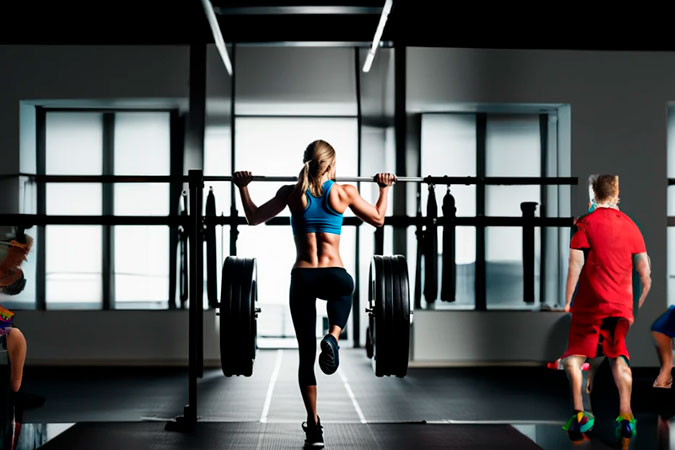Physical Activity: Optimal Workouts, Exercises for Various Muscle Groups, and How to Get Started with Sports
Physical activity is much more than just a means to lose weight; it is a pathway to improved overall health and well-being.

Physical Activity
Physical activity is the cornerstone of a healthy lifestyle. It helps maintain an optimal weight, promotes heart health, improves mental well-being, and even contributes to longevity. In this article, we will discuss optimal workouts, exercises for different muscle groups, and tips on how to get started with sports.
Optimal Workouts
The ‘optimal workout’ will depend on individual fitness goals, whether that be weight loss, muscle gain, or general health maintenance. For optimal health benefits, the Centers for Disease Control and Prevention (CDC) recommends adults get at least 150 minutes of moderate-intensity or 75 minutes of high-intensity aerobic activity per week, in addition to strength training exercises twice a week.
High-intensity interval training (HIIT) is a form of cardiovascular exercise that alternates between intense bursts of activity and fixed periods of less-intense activity. This can be a great option for those short on time, as sessions typically last 20-30 minutes.
Strength training, whether it’s weightlifting or bodyweight exercises, should also be a part of your workout routine. These exercises help to build muscle, increase metabolism, and improve bone density.
Exercises for Various Muscle Groups
An effective fitness program should include exercises that target all the major muscle groups in the body. Here are a few exercises for different muscle groups:
- Chest: Push-ups, bench press, and chest fly exercises can help build your pectoral muscles.
- Back: Pull-ups, deadlifts, and bent-over rows can strengthen your back muscles.
- Arms and Shoulders: Bicep curls, tricep dips, overhead press, and lateral raises are excellent for your arms and shoulders.
- Legs: Squats, lunges, deadlifts, and calf raises can help strengthen and tone your leg muscles.
- Abs: Planks, bicycle crunches, and Russian twists can help develop a strong core.
Remember, it’s essential to maintain a balanced approach and work on all muscle groups to avoid imbalances that could lead to injury.
How to Get Started with Sports
Getting started with sports and fitness can seem daunting, but remember, every athlete had to start somewhere. Here are some steps to help you get started:
- Find an Activity You Enjoy: Whether it’s running, swimming, cycling, weightlifting, or team sports, find an activity you love. You’ll be more likely to stick with it in the long run.
- Set Realistic Goals: Start with small, achievable goals. As you make progress, you can adjust your goals accordingly.
- Schedule Regular Workouts: Consistency is key in fitness. Try to set aside specific times each week for your workouts.
- Get a Physical Check-up: Before you start any new fitness regimen, it’s essential to ensure you are physically ready for it. Consult with your healthcare provider to rule out any potential health issues.
- Don’t Rush: It’s important to give your body time to adapt to the new stresses you’re putting on it. Gradually increase the intensity and duration of your workouts.
In conclusion, regular physical activity offers numerous health benefits. Incorporating a balance of cardio and strength training into your routine, targeting different muscle groups, and getting started in sports can contribute to a healthier, more active lifestyle. As always, remember to consult with a healthcare professional before starting any new fitness program. Enjoy the journey to a healthier you!






